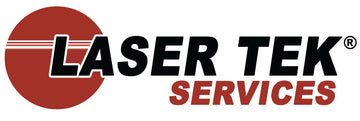Printing photobooks is quite frustrating because whatever one does photo printouts will never be able to duplicate the vibrancy of the outdoors. Much more copy exactly what is shown on the camera or computer monitor.
The reason of course is technical in nature, images shot by a digital camera uses different color set-up compared to printers. While printers use CYMK color cartridge combination to print, such is alien to camera and computer monitor. There really is no chance of collating the differing set-up to arrive at the perfect color photo printout.
However, there are creative ways to narrow down the discrepancy to develop a more acceptable photo printout. Some of it are mentioned as follows:
Prepping the photo or preparing the photo for printing is necessary to develop a near perfect duplicate of the images. Take note that most monitors displays strong blue cast, so start by calibrating the monitor, to as much as possible prints can match the display. Monitor calibration is easy if one has a colorimetric chart or one supplied by Pantone and some others.
Adjust the brightness of the image – this is a necessity since most monitor displays tend to be too bright for printing. This is a trial and error arrangement since there is no perfect brightness calibration tool. Start with a 30% reduction in brightness and adjust appropriately. This arrangement may seem strange but a necessary evil, or photo prints will turnout too dark.
Sharpen the image – again the process is trial and error because the amount of sharpening needed varies according to the subject photo, the type of paper to be printed on and the size of the prints. When necessary set the amount to 80% and adjust pixel to 1.0 radius. Then from the OS select remove lens blur, and click OK. the calibration is complete and do a test print. If not satisfied with the outcome, repeat the process all over again. That is how tedious the process is, but once perfected printing will just flows smoothly. The preparation is all that matters.
Printing photobooks is doubly challenging because it is similar to brochures where images are printed back-to-back of the paper and folded. Any flaw in the process results in uncompromising display of images and not fit for an archival memento or submitted as a form of advertisement. It is different from photo albums where images are made separately and inserted only on prepared book slots. This is less hassle to make compared to photobooks.
Remember, never expect the photo printouts to duplicate or excel the images shown in the digital camera or computer monitor. But some creative ways can be administered to reduce the degree of difference.





